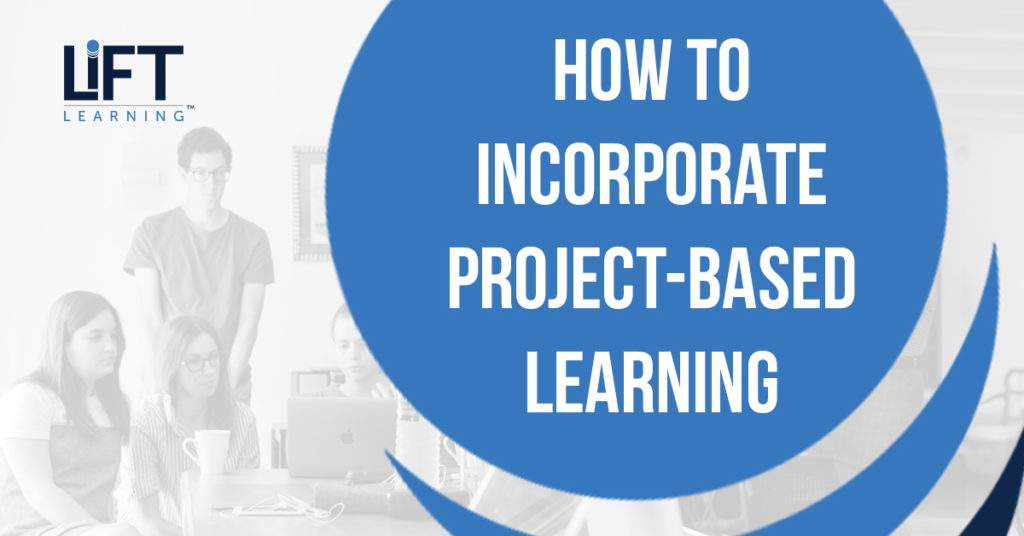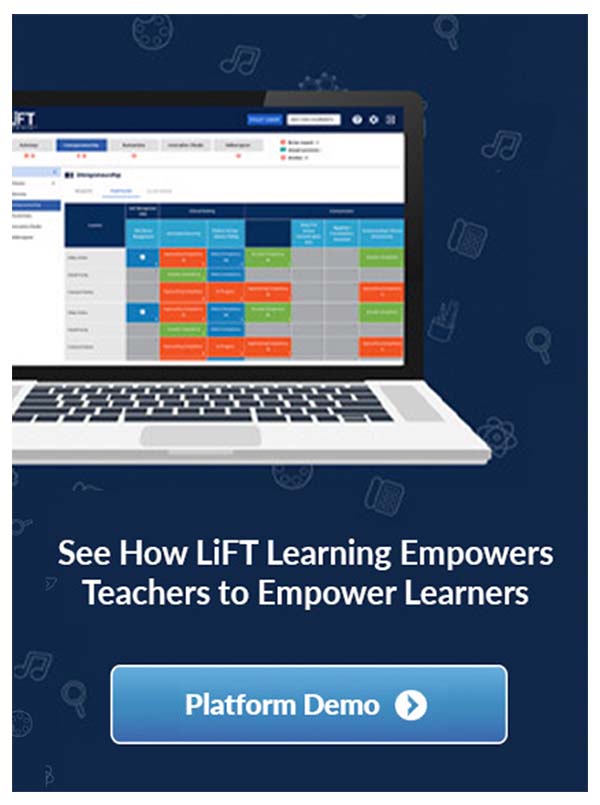How to incorporate project-based learning

Think of project-based learning as a process that will unfold and develop over time. Project-Based Learning is founded on seven core components many of which are likely already occurring in your practice. Be intentional when incorporating PBL, and see the process as a journey rather than a shift that happens in one day. There are a few next steps to consider that will help to support you on this journey.
Sign up for a PBL workshop or Webinar
A multi-day workshop is a good choice to properly dive into foundational beliefs and practices. Workshops will introduce you to the fundamentals of PBL and provide you with the tools you need to get started. You can also check out our upcoming and previous webinars.
Read a book about PBL
If a multi-day workshop isn’t in the cards, you can start smaller by grabbing a book to learn about PBL. Fortunately, there are many excellent books on the topic. Some recommended books include Project Based Teaching by Suzie Boss and Setting the Standard for Project-Based Learning by John Larmer, John Mergendoller, and Suzie Boss. You can also find many great resources including videos online. The video series on project-based learning on the Learning Policy Institute’s website is a great resource.
Begin small by renovating an existing project
One way to get started is to look at projects that are already being used and find ways to adjust and expand them. Instead of the traditional approach, which begins with the teacher imparting knowledge and culminates with students using that knowledge to complete a project, try starting with an open-ended question and let students take the lead in gathering information and discovering answers. In fact, in true learner-led fashion, try letting your students choose content based on their personal interests and passions. Rather than worrying about covering the material, teachers using project-based learning guide their students in exploring the material on their own terms.

Limit your scope
Consider starting with a project that is limited in scope. For your first try, you might narrow the range of choices available to students while still letting them make key decisions. Once you have successfully implemented a small-scale project, you can build on this success and create more complex projects.
Plan out details in advance
The more planning you do ahead of time, the better. A well-planned project is more likely to be successful and enjoyable for you and your students. Mapping out the project in advance will make you feel prepared and confident and allow you to focus more on your students’ needs. Planning your project in advance also gives you time to run it by colleagues or a coach and get feedback and suggestions. Part of your planning can and should include flexibility and adaptability to ever-changing variables.
Take a step-by-step approach
Crawl before you walk, and you’ll be running before you know it. Here is a breakdown of potential steps to take in implementing PBL.
- Identify a target date to get started and hold yourself accountable
- Explore how you would like to start with an essential or driving question
- Design a plan and create a schedule, include adaptability and flexibility in the plan
- Develop target outcomes and skills with students
- Facilitate, evaluate, and reflect
The question should be based on an authentic situation or topic and should be relevant in your students’ lives. In planning the project, involve the students so that they feel invested in it. Think carefully about how each activity relates to the essential question and to the curriculum.
Plan out the resources your students will need but allow for some flexibility as students might go in an unexpected direction. Create a timeline with benchmarks and decide how much time your class will spend on the project. Monitor the students’ progress and help them stay on track by providing guidance on how to work in teams and how to manage their time. Assess the outcome in order to provide feedback to the students and to evaluate their progress.
Commit to reflection
Once you have completed your first PBL project, take some time to reflect. Think about what worked and what didn’t. Take notes about any changes that you might make in the future. As you gain experience, your projects will improve and deepen.
Even if you start small, implementing changes that are intentional and targeted is a great way to engage with students and enhance their learning. For inspiration, look at ideas online or brainstorm with colleagues. Remember that the best projects are those that address real-world problems, explore open-ended questions, and connect with students’ personal interests.
Embarking on the journey of PBL is an exciting and rewarding experience. Fortunately, there are many resources that can help you get started. As long as you take it slow and are intentional in your choices, you and your students will come away with a sense of satisfaction, accomplishment, and a new excitement for learning.
References
“8 Ways to Get Started with Project Based Learning.” Buck Institute for Education. PBL Works. https://www.pblworks.org/get-started
Bogler, Miriam. “Implementing Project-Based Learning: Challenges and Solutions.” ProjectPals. August 18, 2016. https://www.projectpals.com/project-based-learning-blog/implementing-project-based-learning-challenges-and-solutions
“How Does Project-Based Learning Work?” Edutopia. October 19, 2007. https://www.edutopia.org/project-based-learning-guide-implementation
Learning Policy Institute. “Video Series: Project-Based Learning.” April 26, 2021. https://learningpolicyinstitute.org/product/video-series-project-based-learning
Miller, Andrew. “Getting Started With Project-Based Learning (Hint: Don’t Go Crazy).” Edutopia. August 6, 2012, Updated November 3, 2017. https://www.edutopia.org/blog/project-based-learning-getting-started-basics-andrew-miller

